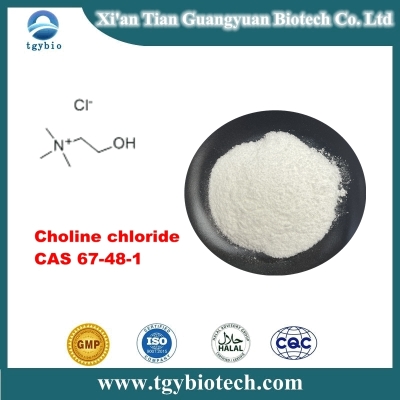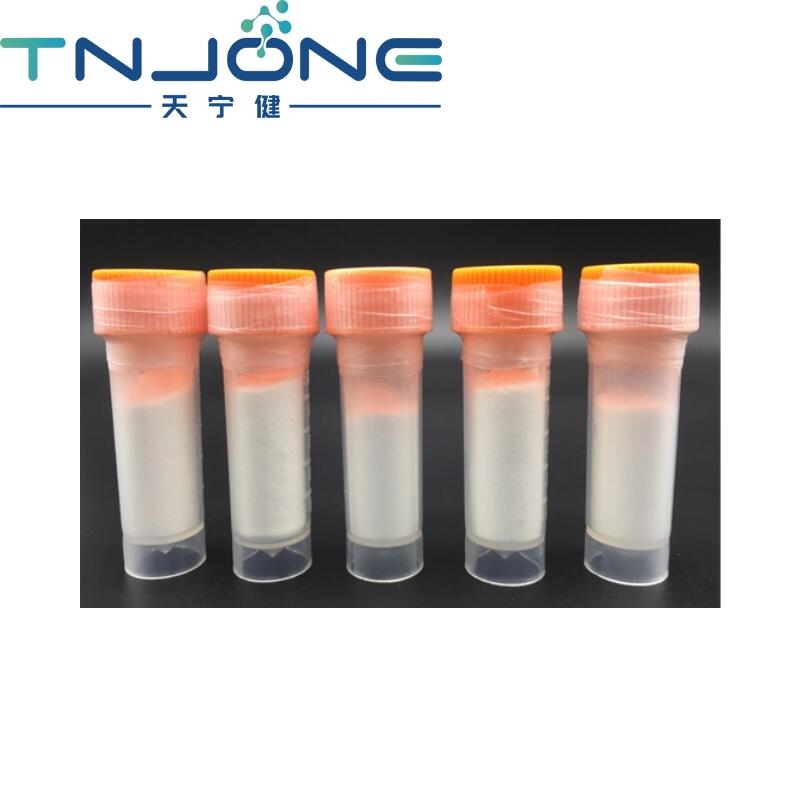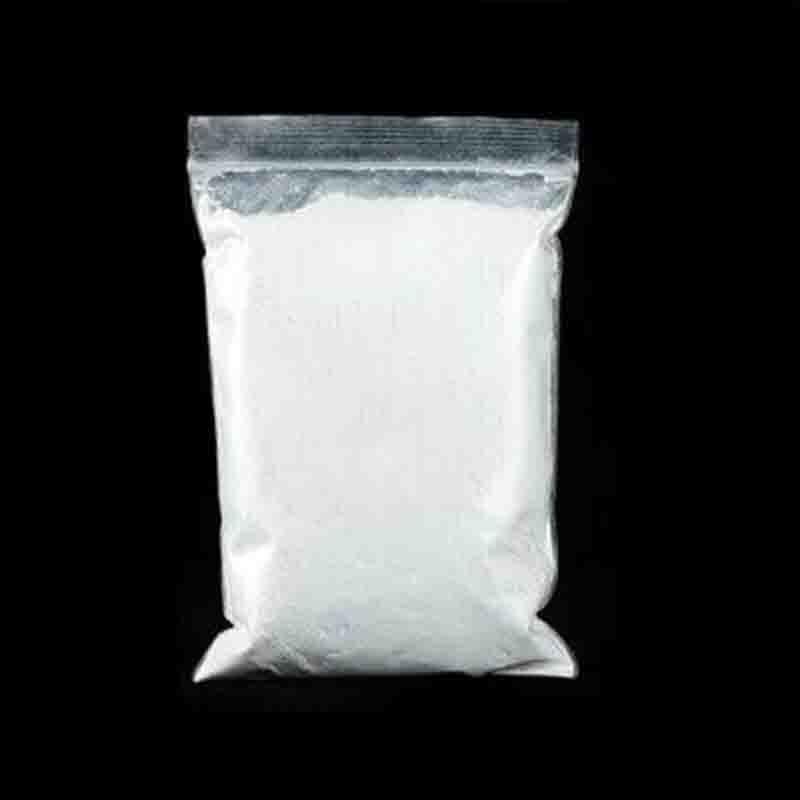-
Categories
-
Pharmaceutical Intermediates
-
Active Pharmaceutical Ingredients
-
Food Additives
- Industrial Coatings
- Agrochemicals
- Dyes and Pigments
- Surfactant
- Flavors and Fragrances
- Chemical Reagents
- Catalyst and Auxiliary
- Natural Products
- Inorganic Chemistry
-
Organic Chemistry
-
Biochemical Engineering
- Analytical Chemistry
-
Cosmetic Ingredient
- Water Treatment Chemical
-
Pharmaceutical Intermediates
Promotion
ECHEMI Mall
Wholesale
Weekly Price
Exhibition
News
-
Trade Service
Lurasidone hydrochloride is an antipsychotic drug that is commonly used to treat schizophrenia and bipolar disorder.
The production process of lurasidone hydrochloride involves several steps, including synthesis, purification, and formulation.
In this article, we will discuss the production process of lurasidone hydrochloride in detail.
Synthesis of Lurasidone Hydrochloride
The synthesis of lurasidone hydrochloride involves several steps, including the preparation of the starting materials, the reaction steps, and the purification of the product.
The starting materials for the synthesis of lurasidone hydrochloride include precursors such as 3-methyl-5-(2-methylpropyl)-2,3,4,9-tetrahydro-1H-carbazole (1) and 2-methyl-3-propionaldehyde (2).
These precursors are then reacted in a series of steps to form the final product, lurasidone hydrochloride.
Purification of Lurasidone Hydrochloride
After the synthesis of lurasidone hydrochloride, the product is typically purified using a variety of techniques, including crystallization, chromatography, and dissolution.
Crystallization is a common method for purifying lurasidone hydrochloride, as it allows for the separation of the desired crystalline form of the product from impurities.
Chromatography is another common technique for purifying lurasidone hydrochloride, as it allows for the separation of the product from impurities based on differences in their physical or chemical properties.
Dissolution is also used in the purification of lurasidone hydrochloride, as it allows for the removal of impurities by dissolving the product in a suitable solvent.
Formulation of Lurasidone Hydrochloride
After the purification of lurasidone hydrochloride, the final product is typically formulated into a dosage form suitable for administration to patients.
This may involve the addition of excipients, such as fillers, binders, and disintegrants, to the purified product to provide the desired properties for the dosage form.
Additionally, the formulation process typically involves the optimization of parameters such as particle size, drug content, and drug release properties to ensure that the final product meets the required standards for quality and efficacy.
Quality Control of Lurasidone Hydrochloride
The production process of lurasidone hydrochloride is subject to strict quality control measures to ensure that the final product meets the required standards for quality and efficacy.
This may involve the testing of the product at various stages of production, including the synthesis, purification, and formulation steps, to ensure that it meets the specified standards for identity, purity, potency, and stability.
Additionally, the final product may be subjected to further testing to ensure that it is safe and effective for use in patients.
Benefits and Challenges of Lurasidone Hydrochloride Production
The production of lurasidone hydrochloride offers several benefits, including the potential to provide an effective treatment for schizophrenia and bipolar disorder.
Additionally, the production process of lurasidone hydrochloride is relatively well-established, which makes it easier to scale up production to meet the demand for the drug.
However, the production of lurasidone hydrochloride also presents several challenges, including the need for highly specialized equipment and the requirement for strict quality control measures to ensure the safety and efficacy of the final product.
Conclusion
Lurasidone hydrochloride is a complex antipsychotic drug that is used to treat schizophrenia and bipolar disorder.
The production process of lurasidone hydrochloride involves several steps, including synthesis, purification, and formulation.
The production process of lurasidone hydrochloride is subject to strict quality control measures to ensure that the final product meets the required standards for quality and efficacy.
While the production of lurasidone hydrochloride offers several benefits, it also presents several challenges, including the need for highly specialized equipment and the requirement for strict quality control







